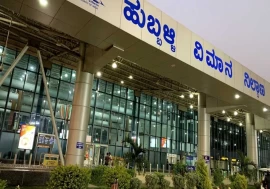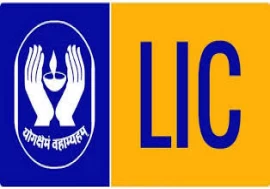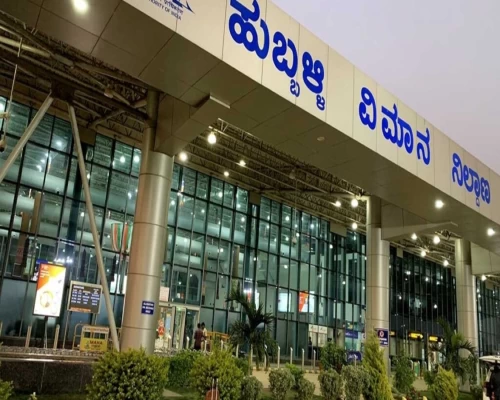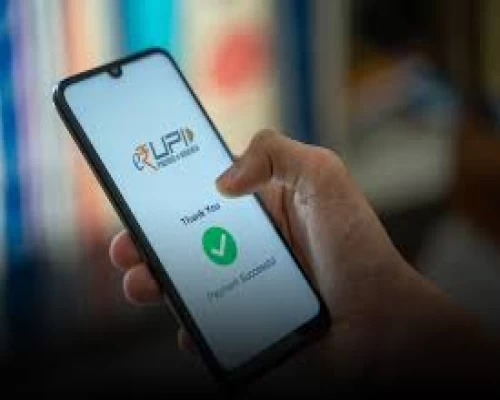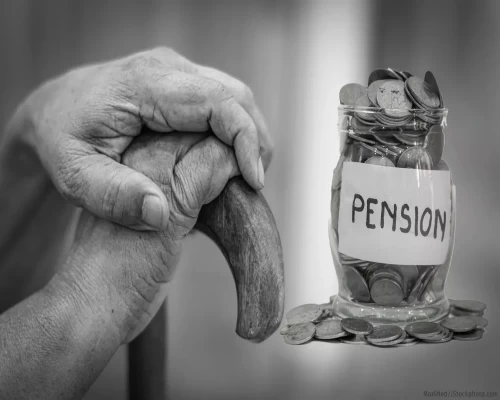
In a monumental and visionary effort during the recently concluded general elections in India, the Election Commission of India (ECI) executed a comprehensive voter awareness and mobilization campaign, showcasing the power of public-public and public-private partnerships to boost voter participation and awareness. The campaign engaged a diverse array of stakeholders, creating an unprecedented level of collaboration. ECI leveraged the power of India's vast network - from trains to flights, post offices to telecom network, cricket fields to educational institutions and food delivery agencies - resulting in a classic case study.
India's vast electoral landscape is reflected in the sheer numbers involved in the elections: 64.2 crore voters, including 31.2 crore women, cast their votes at 10.5 lakh polling stations. This massive exercise was supported by 55 lakh Electronic Voting Machines (EVMs) and 1.5 crore polling officials, ensuring smooth conduct across the country. The deployment of 3.4 lakh CAPF personnel further ensured security and order during the elections.
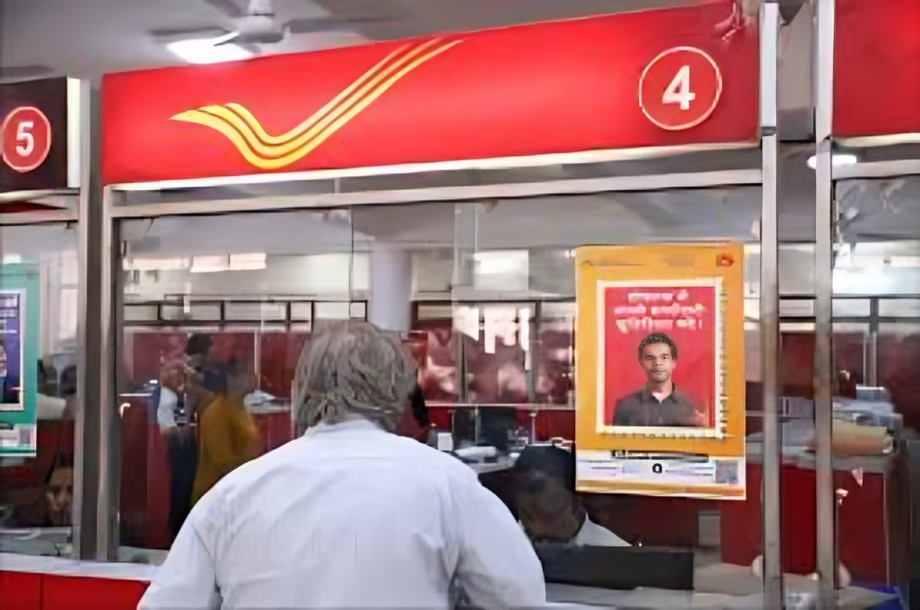
The campaign to enroll support of government and private agencies was spearheaded by Chief Election Commissioner Rajiv Kumar, a former IAS officer. The two Election Commissioners Gyanesh Kumar and Dr Sukhbir Singh Sandhu, both former IAS officers. The task of enlisting various government departments was able handled by another young IAS officer Manoj Kumar Sahoo, Deputy Election Commissioner and his colleagues.
The Systematic Voters' Education and Electoral Participation (SVEEP) interventions were spearheaded through collaborations with various partners, resulting in numerous innovative initiatives. A notable collaboration with the Board of Control for Cricket in India (BCCI) saw voter awareness messages and songs played at IPL 2024 stadiums, with cricketers from all ten IPL teams encouraging voter participation through recorded messages shared on ECI's social media platforms. Cricket legend Sachin Tendulkar led a voter's pledge, broadcasted at multiple IPL venues.
Social media played a crucial role, with Facebook sending voting day alerts to all its users in India, reminding them about the elections and encouraging participation in this democratic exercise.
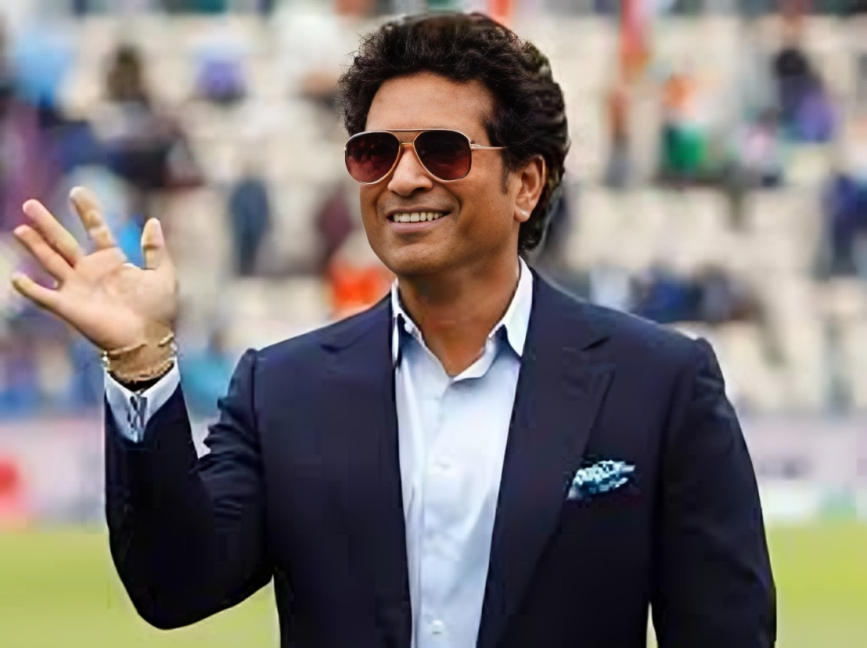
The ECI leveraged India’s vast network of post offices and banking institutions, utilizing 1.6 lakh post offices, 1.63 lakh bank branches, 1,000 ATMs, and numerous digital screens to disseminate voter information. Additionally, the Ministry of Railways integrated the election campaign logo "Chunav ka Parv, Desh Ka Garv" with the IRCTC portal and tickets, while railway stations displayed SVEEP creatives and made voter awareness announcements. The Ministry of Petroleum & Natural Gas joined the effort by installing voter awareness hoardings at around 20,000 petrol pumps. Similarly, the Ministry of Civil Aviation had airlines make in-flight announcements urging passengers to vote, provided voter guides in aircraft seat pockets, and installed selfie-points at major airports.
Cinema theaters nationwide played ECI voter awareness films and songs, while AMUL and Mother Dairy branded their milk pouches with the election message and promoted it via social media. AMUL also utilized its iconic AMUL Girl advertisements in newspapers for this cause.

Additionally, Sansad TV produced short films highlighting unique polling stations in remote areas, illustrating the challenges faced in ensuring voting access.
Digital platforms were not left behind. Spotify created an "Election Playlist" to motivate voters, and Rapido offered free rides for voting. Food delivery giants Zomato and Swiggy also contributed by disseminating voter awareness messages in their unique styles.
Several media houses and organizations launched independent initiatives. The Times of India group initiated the 'Power of the Print' campaign, calling for voter awareness entries from creative agencies. Payments app PhonePe also integrated voter awareness messages and actively encouraged voting.
SVEEP activities extended to telecom operators as well. ECI engaged with BSNL, Bharti Airtel Limited, Jio Telecommunication, and Vodafone-Idea Ltd. to leverage their networks for voter education on a pro-bono basis. These service providers sent multiple SMS alerts and made outbound dialing calls through national and state icons, urging people to vote. WhatsApp alerts were also sent to voters, utilizing the platform's extensive reach.
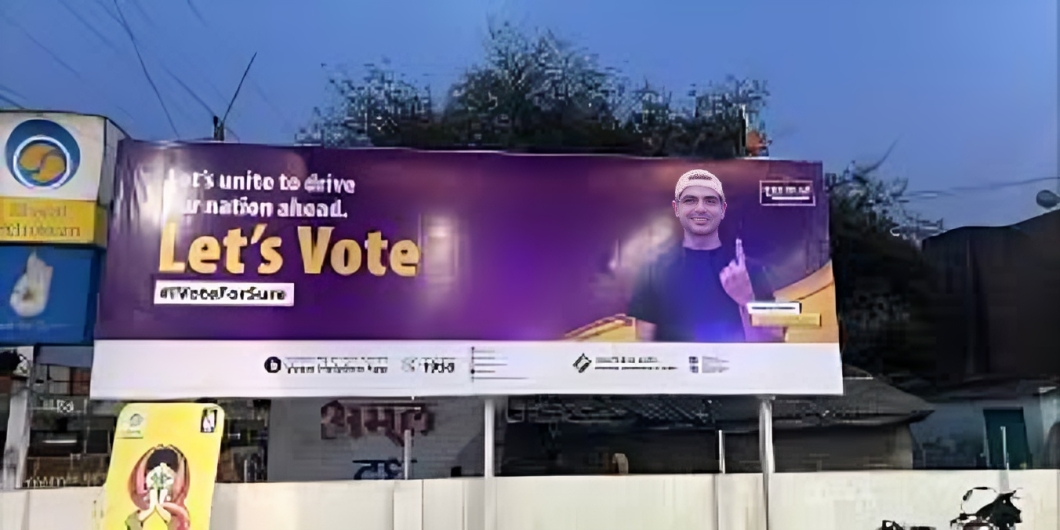
The magnitude of the exercise is also displayed by the fact that the ECI, in collaboration with various Government departments and Ministries deployed an impressive array of resources. For instance, in the first phase alone, ECI deployed: 41 helicopters, 84 special trains, and nearly 1 lakh vehicles, along with 361 observers and thousands of surveillance and flying squads.
These multifaceted interventions, conducted during different phases of the election, fostered a sense of participation among voters and ensured that every eligible citizen was informed and motivated to exercise their democratic rights. The ECI’s innovative approach serves as a sterling example of how collaborative efforts can significantly enhance civic engagement and strengthen democracy.
This is one model that many management schools would want to teach as case studies to their students, and a host of nations can learn from.


